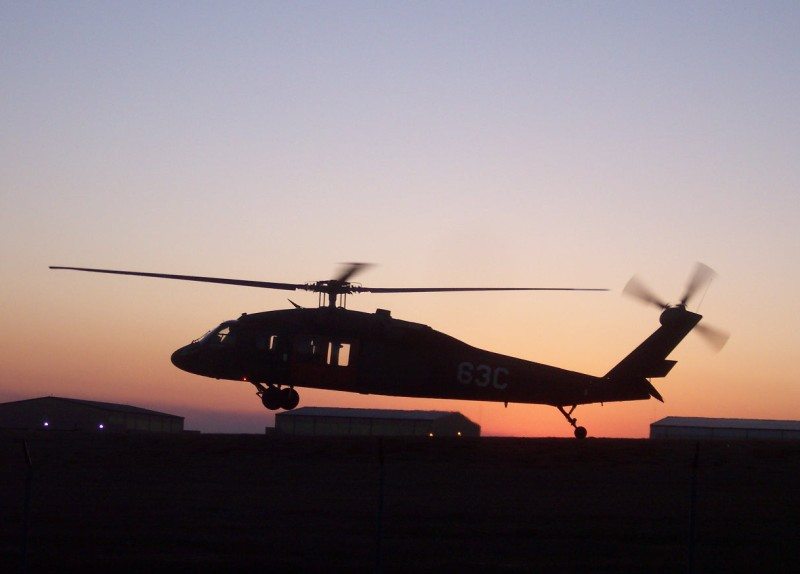Northrop Grumman and SELEX Galileo have announced the successful integration of a continuous laser autoboresight module into an advanced jam head to enhance the signal jamming capabilities of the company’s U.S. Army Common Infrared Countermeasures (CIRCM) self-protection system offering.
The CIRCM jam head is lightweight, small, inexpensive and highly reliable, designed specifically for rotary-wing applications. The laser autoboresight module ensures that laser energy is aligned with the jam head track point to maintain jamming energy on the threat missile.
The continuous autoboresight hardware monitors the laser boresight relative to the jam head track source and makes real-time adjustments to keep the two aligned.
“Incorporating a continuous laser autoboresight functionality into this jam head is necessary to automatically maintain good laser pointing in the rotary-wing environment,” said Carl Smith, vice president of infrared countermeasures for Northrop Grumman’s Land and Self Protection Systems Division.
“The accuracy and agility of this jam head is so advanced it can maintain the laser beam on the dome of small man-portable missiles moving faster than the speed of sound.”
The autoboresight module is designed to work with any jamming laser, enabling future laser upgrades without having to modify the jam head.
“This system can deliver the jamming energy required to defend our helicopters from current and future threats,” Smith added.
The multi-band Viper laser, currently in full rate production, and a small jam head were used during this demonstration with positive results.
The module also measures laser power in the jam head prior to exiting the system to ensure the system is fully functional. The module design itself builds upon autoboresight modules currently in use on other production systems.
Northrop Grumman has delivered over 2,500 IRCM transmitters to date. The company’s directional infrared countermeasures system is the only such aircraft protection system currently in full scale production, and it is installed on several hundred military aircraft to protect approximately 50 different types of rotary-wing platforms and large fixed-wing transports from heat-seeking missile attacks.
The system functions by automatically detecting a missile launch, determining if it is a threat to the aircraft, and activating a high-intensity laser-based countermeasure system to track and defeat the missile.










